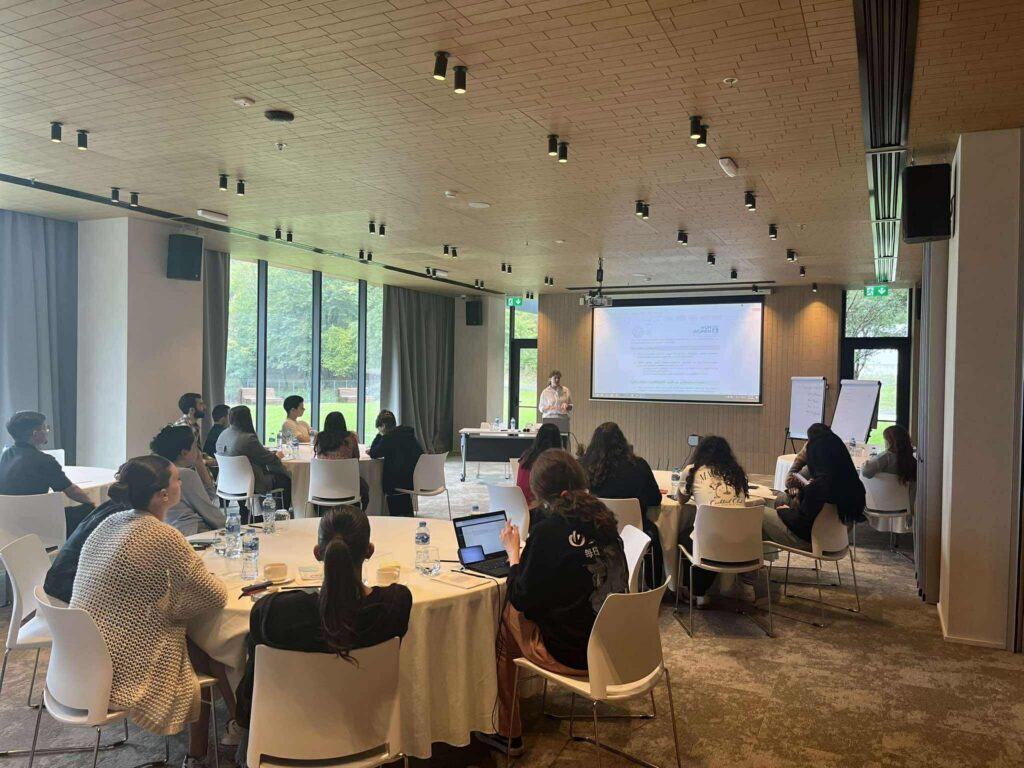Over the past year questionable lending practices by major banks and lack of consumer education about credit risk in the United States among “sub-prime” borrowers caused a credit crunch that in turn erupted into a major financial crisis that threatens to lead to a recession and an international economic downturn.
Although little attention is paid to the issue of credit and debt, analogous risky practices are taking place in the banking sectors of the countries of the South Caucasus. A similar financial crisis in these countries could have a far more devastating effect, since one of the population groups most exposed to consumer debt is the small but consolidating middle class in the urban centers. This issue becomes particularly important in the wake of the August war in Georgia, as the region attempts to maintain economic stability in the face of infrastructural damage and reduced foreign investment.
The emerging middle class has been both a cause and a result of high levels of growth in the economies of all three South Caucasus countries over the past several years, and the banking sectors in these countries has been an area of particularly high growth because of structural reforms, increasing government regulation, and high demand for investment capital.
Banks have become more eager than in the past to extend consumer credit, but for a number of reasons interests rates in the region are extremely high: because of perceived risk of investment in the region and the risk of devaluation of local currencies (the highest interest rates for deposits are for accounts held in local currencies), and because of physical shortages of currencies as governments reduce outputs to combat inflation. Rates for consumer loans in the region average 15-20 percent, which are significantly higher than the 7-9 percent rates for sub-prime mortgages that precipitated the crisis in the United States.
Banks in the region have also been eager to introduce credit card services, offering the convenience of credit lines to their clients for purchases along the model long familiar in developed countries, with no interest if payments are made on time, but stiff penalties for missed payments. Advertising for loans and credit cards are ubiquitous in the capital cities, and credit booths are common in computer and furniture stores.
Yet although micro-credit programs have been functioning in the region for a number of years, particularly in rural areas, the whole phenomenon of commercial consumer credit is largely a new concept for the urban middle class. New borrowers have neither credit histories upon which banks can determine levels of risk, nor experience or deep understanding of the potential hazards involved in taking loans.
According to data from the Caucasus Research Resource Centers’ Data Initiative Project, while the number of households in Azerbaijan, Armenia and Georgia that take loans overall is not large (and real mortgages are practically nonexistent), the number is substantial enough to merit concern: 4% in Azerbaijan, 15% in Armenia and 9% in Georgia. The majority of those loans are for more than 100 USD (78% in the case of Georgia), and in Armenia and Georgia more than half of those who use credit have taken two or more loans. And while a portion of these loans in all three countries are taken for essential expenses such as medical care, utilities or food (demonstrating extreme poverty), approximately half of loans in all three countries are taken for consumption, investment or business purposes, or to repay previous loans.
While many consumers in the region may be making careful strategic choices in using credit, it seems that a significant amount of loans are being used for highly speculative investments, such as in real estate or in businesses that have been profitable in the past but are now close to saturation (e.g. restaurants and cafes and importing automobiles). The real estate markets in particular seem to be highly inflated in the urban centers (again, fueled by speculative trading financed by very high interest loans) and the resulting bubble is likely to burst if perception of a slowdown or reversal in rates of price increases were to appear.
For their part, banks in the region seem to take little interest in the types of projects that loans are being requested to finance, have set only the most minimal requirements for the extension of loans and credit cards (usually a letter from an employer stating a minimal average salary is sufficient), and have taken little initiative in providing consumer education for their clients.
High interest loans and risky investment decisions thus create a very real possibility of overextension by clients of consumer credit who owe more money than they currently earn, which in turn presents a very serious risk of a financial crisis that could threaten to undermine the banking and real estate sectors, particularly given the shocks to the system that resulted from the Georgian-Russian war in August. Such a financial crisis would most likely have far more serious consequences for the fragile economies of the South Caucasus countries than in more developed countries. It would threaten most directly the nascent middle class, which is such an important constituency for the further development of stability, rule of law and democracy in the region, and could therefore have serious consequences as well for the political stability of the region. It is in the interests of both governments and commercial banks and loaning organizations in the region to forestall such a crisis by implementing more rigorous requirements before extending credit and devoting resources to consumer education.







